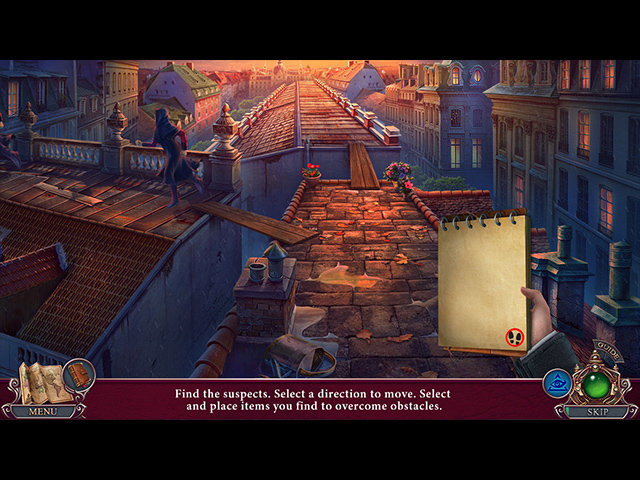
e4 e5 2.Nc3 if 2…Nf6 is played by black, the Vienna gambit comes into play by white 3. The Vienna Gambit is an excellent line for beginners to practice and perfect a gambit opening. Some may argue that at grandmaster level it is very difficult to win with Vienna as if each side plays the best chess then a draw is almost unavoidable What is the Vienna Gambit? The Vienna is not a popular opening played by grandmasters in chess although Kasparov and Anand make the exception from time to time but not commonly. Playing the Vienna gambit, if accepted is a solid gain of tempo and material and should if played well lead to a forced win. It can b played as an aggressive opening or a steady development strategy on which to build a solid center. It may not be considered the very best or strongest opening that can be learned, and has somewhat fallen out of favor since the 1940s but is Kasparov and Anand are still liable to play it competitively from time to time then it should be good enough for any beginner. e4 opening for beginners to use to get to grips with the variations that can be played in any opening for white. When it comes to chess openings, the Vienna opening is quite a good 1. There are more questions about the Vienna Opening than there are answers, but let’s take a look at the most common. The Vienna Main Line runs 1.e4 e5 2.Nc3 Nf6 3.f4 d5 which leaves a centerboard standoff of two pairs of pawns. If black responds by declining the gambit, look out of the decline with d6 – It is the best move they can make according to the engine. If they do, you push the e pawn to e5 and you have an early advantage upon which to build. The beauty of this move is that black should not accept. This move from Black opens up the option for the Vienna Gambit, or Kings Gambit continuation here, playing f4. Now Black has several options, most commonly we will see The Vienna Opening didn’t even appear in terms of records until 1846 but was rarely recorded until its heydays in the late 90s and beginning of the 1900s Learn the Vienna Opening Viennese players such as Spielmann, Steinitz, and Tartakower, even modern-day GMs such as Kasparov and Anand have played the Vienna, providing endorsement despite a preference for other e4 openings. The Vienna game is so-called because of its popularity in the city of Vienna during the 1890s. Nc3 – What follows is dependant on Blacks’ second move whereby the lines of Vienna should be leaned to adapt for whichever response black may give to the e4 and Nc3 moves. The Vienna opening in chess is a Kings’ Pawn opening starting 1.
#VIENNA GAME HOW TO#
e4 opening for white, so let’s find out how to play the Vienna opening and the moves you need to remember. Either way, the Vienna game is a very popular 1. Adams famously claimed that the Vienna Game led to a forced win for White.

One conclusion is that the Vienna Game leads to equality with the best play by both sides although Weaver W. The Vienna opening in chess is a popular opening for white. As a 1.⭐⭐⭐ Take 4 minutes to read and improve your chess game ➡️ : This article was first published on, and is Copyright of "I can’t fault Ovetchkin and Soloviov in their efforts to make the opening attractive to possible readers and they have indeed managed to find some bite in White’s set-up. GM Glenn Flear, author of 'Starting Out: The open Games':

IM Sergei Soloviov and Grandmaster Roman Ovetchkin both are experienced players, trainers and chess authors. In addition, Black can go for the seemingly peaceful Petroff Defence. This does not happen after the move 2.Nf3 when Black can choose then between the numerous variations of the Ruy Lopez (or the rather solid Steinitz Defence Deferred, or the super-solid Berlin Wall, or the sharp Marshall Attack). Soloviov and Ovetchkin have come to the conclusion that the move 4.f4!? is more precise.īy choosing the Vienna Game, White follows his own line of playing. Should he thrust immediately f4, or begin at first with d3? Should he advance his pawn to f5, or prefer a quick piece development? For example, after 2.Nf6 3.Bc4 Bc5, should White play at first d3, fortifying his e4-pawn?

IM Sergei Soloviov and Grandmaster Roman Ovetchkin had to make decisions how to play with White practically from the first several moves. The Vienna set-up aims for very aggressive play, which often includes sacrifices.īut White prefers to be on the safe side, without burning all the bridges and to try to justify his actions from the point of view of positional play as well.Īt first, he deploys his minor pieces to active positions, then he advances the thematic move f4, castles (usually on the kingside) and begins an attack only after all this.ĭespite the fact that the move 2.Nc3 has been played for more than a hundred years, there has not been defined a clear-cut scheme for playing this set-up.


 0 kommentar(er)
0 kommentar(er)
